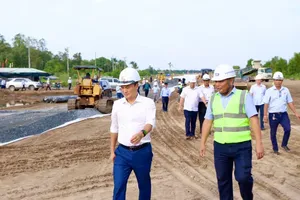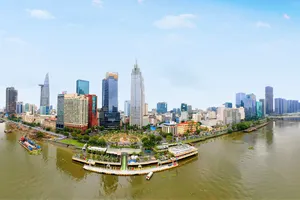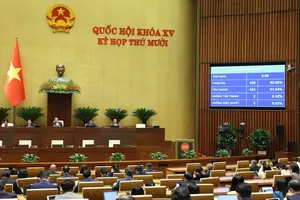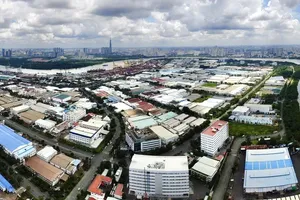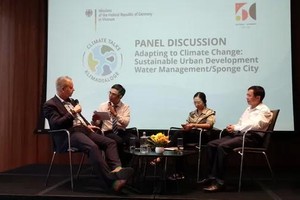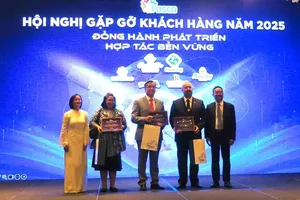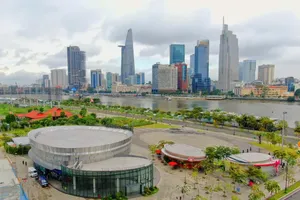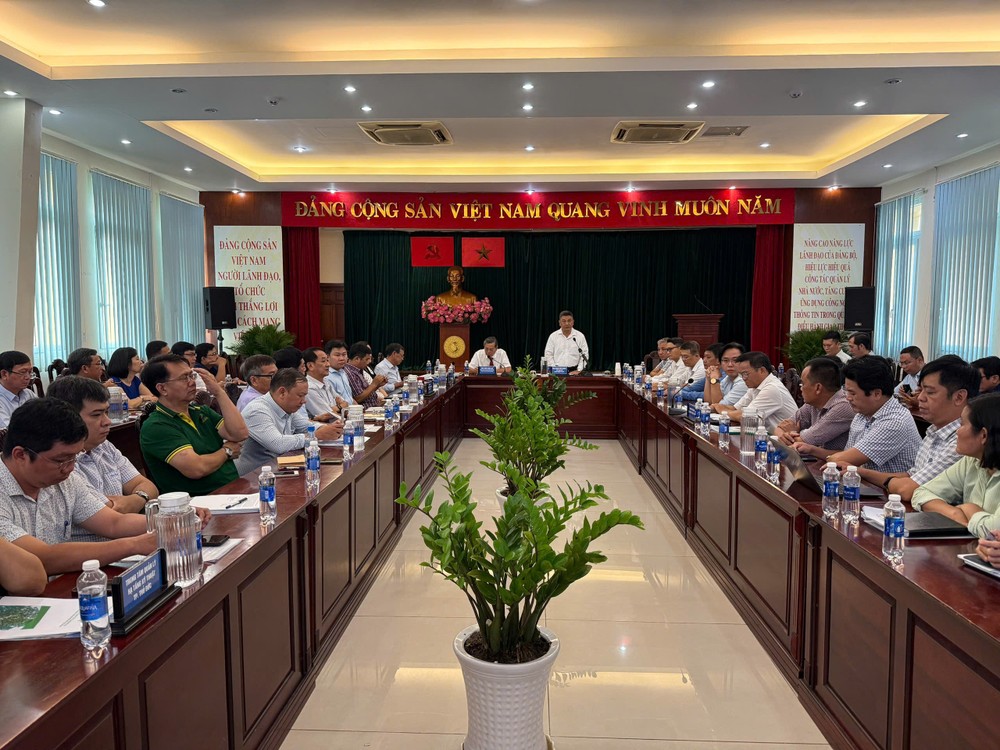
The Ho Chi Minh City Department of Construction, in collaboration with the Vietnam Parks and Greenery Association (VPGA), hosted a roundtable discussion titled “Urban Tree Safety Management in HCMC” on June 6.
The event drew over 100 participants, including urban planning officials, arborists, scientists, and representatives from various municipal departments and district authorities. It served as a platform for exchanging experiences and proposing solutions to improve the management, maintenance, and expansion of urban greenery, while also raising public awareness of the vital role trees play in the urban environment.
According to the HCMC Infrastructure Management Center under the Department of Construction, the city currently manages more than 84,000 trees of various species. Approximately 7,700 of these are classified as Type 3—predominantly large heritage trees such as hairy-leafted apitong (Dipterocarpus alatus) and white thingan (Hopea odorata) trees planted before 1975—rising 20 to 40 meters tall and located across core districts like 1, 3, 5, and 10, as well as along key roadways.
However, these old-growth trees face mounting challenges, particularly from the impacts of climate change and rapid urbanization. Road expansions and infrastructure upgrades often damage root systems, undermining their structural integrity and making them increasingly susceptible to collapse. Several incidents involving white thingan and hairy-leafted apitong trees over 30 meters tall have already posed serious risks to public safety.
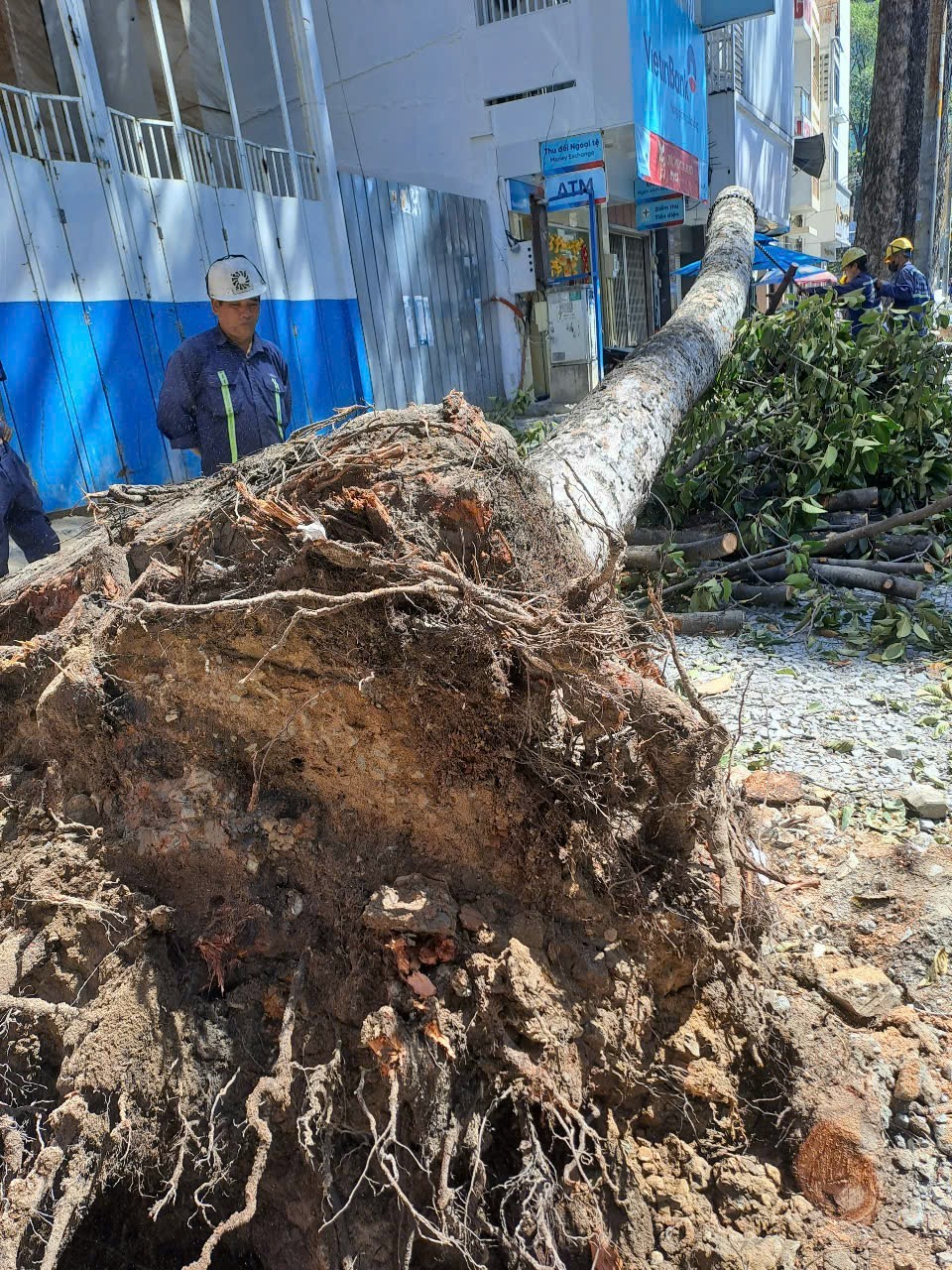
In an effort to mitigate these dangers and safeguard residents, the city has implemented a technical protocol for tree care and pruning tailored to specific species, with special provisions for trees taller than 25 meters. Authorities are compiling a conservation list to identify and preserve trees of exceptional value, while also planning the annual replacement of around 600 damaged, hazardous, or over-mature trees.
Smart management technologies are being adopted, including the development of an electronic database featuring “Electronic ID Cards” for each tree to track maintenance history and current conditions. Expert teams have also been established to conduct health assessments, enabling preventative action and long-term safety planning for the city's green infrastructure.
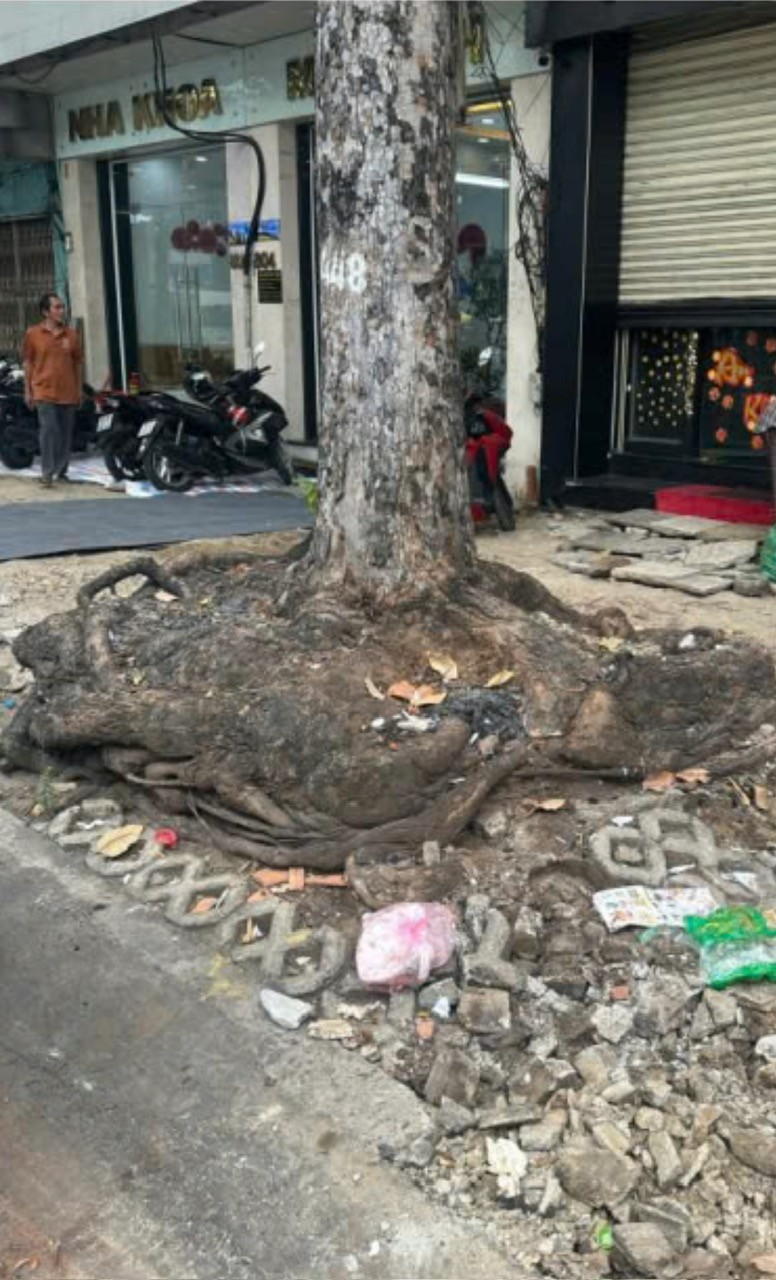
During the roundtable, experts highlighted numerous challenges in urban tree management and discussed standardized pruning practices as well as emerging technologies for monitoring tree health. Delegates advocated for the creation of clear regulations and technical standards for tree planting and maintenance, and emphasized the need for more frequent inspections and oversight. The role of the community in tree stewardship was also underscored, with calls to encourage public participation in caring for and protecting urban greenery, contributing to a cleaner, greener, and more livable cityscape.
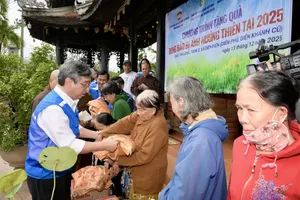
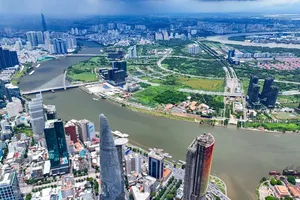
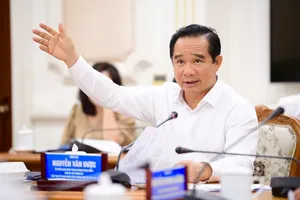


)



